Another hurricane season might be over, but many communities still face a long path toward recovery. Beyond the enormous toll on individual households and businesses, overall costs have soared to billions of dollars during the immediate response. And that’s not even the scariest part: Disasters like Hurricane Florence and Hurricane Michael only represent a small taste of the expected rise in daily flooding and other chronic environmental threats we’re going to face in years to come.
Left unchecked, climate change promises to unleash higher costs for all of us. And the country is simply unprepared to plan and pay for the resilient infrastructure that can withstand and adapt to these growing climate pressures. Our stormwater infrastructure—the sewers, pipes, wetlands, and other natural systems that handle water runoff during storms—is especially vulnerable. The environmental toll of putting off needed repairs and upgrades to these systems is bad enough, but the economic costs are perhaps even more staggering, where we can no longer afford our current reactionary approach.
The U.S. needs a new approach to proactively invest in more resilient stormwater infrastructure, which must emphasize the environmental and economic returns of launching these investments.
In other words, as communities prepare for the next major storm, or even the next rainfall, they should prioritize stormwater upgrades that can better respond to flooding and other environmental shocks—including new green designs and technologies—and they should more intentionally connect these projects to the households and businesses served. Without greater visibility of the full costs of delayed investment and the full economic benefits from these projects, it will be difficult to gain community buy-in to improve our stormwater infrastructure in the long term. We need to rethink how and why we invest in stormwater projects, and that begins with a clearer accounting of both the physical assets and social assets as part of our future investments.
How can we promote more proactive stormwater investment?
First, communities should better identify improved performance and cost savings from new physical assets, such as rain gardens. Unlike traditional grey infrastructure projects, which include massive pipes and centralized treatment facilities that can be costly to maintain, green infrastructure projects like rain gardens can be smaller, more distributed, and efficient over time. The immediate returns of these projects may be less clear, relative to the upfront costs, but the reduced runoff, treatment needs, and pollution loads can lead to greater savings.
Second, communities should also better identify returns to the social assets related to these investments, which connect to local households, businesses, and other stakeholders. We do not adequately account for the costs of inaction that we face from failing stormwater infrastructure, nor do we account for the broader social benefits of more proactive repairs. Workforce development, for instance, can be a central element in this approach. The water sector, after all, employs 1.7 million workers nationally, and they are essential to not just carrying out short-term construction projects, but also long-term infrastructure operation and maintenance. If communities can begin to design, build, and maintain stormwater projects with an eye toward the employment and training needs of local residents and businesses, these investments can spell long-term gains that ripple throughout a region. Just as significantly, capturing the financial costs of inaction and full scope of benefits could motivate the region to spend more upfront for long-term upgrades, helping establish a clear role for new ESG investors and new types of capital like social impact bonds.
This approach marks a stark contrast to our current investment model that examines projects on an ad-hoc basis and in relative isolation. Municipalities and local water utilities handle most of the country’s stormwater needs by maintaining the infrastructure that collects, filters, and treats runoff. However, flood risks are intensifying, older sewer systems are failing, and many other challenges are stressing their ability to reliably manage stormwater, resulting in a $19.2 billion need nationally over the next two decades. Since localities lack the financial and technical capacity to address their stormwater needs—often amidst a number of environmental mandates—they keep kicking the can down the road with inefficient short-term fixes that end up leaving them vulnerable to climate pressures.
In short, the current stormwater investment model is broken. But it can be fixed.
How and where are we launching more proactive stormwater investment?
Accounting for the economic returns from our stormwater projects can help us break free from this vicious cycle, defined by decades of underinvestment and a reliance on legacy infrastructure systems. If community leaders and infrastructure decision makers at local authorities and utilities can better demonstrate—and communicate—the value of these investments, they may find it easier to pilot alternative projects and realize broader community benefits at the same time. And the more that places can create specific, measurable benchmarks to gauge their economic returns, the better—offering precedent for other regions looking to pursue newer infrastructure designs, partnerships, and financing streams.
Fortunately, some places like Prince George’s County, Md., are already piloting new approaches that do just that. The County is not only investing in additional stormwater improvements as part of a new public-private partnership, but it’s also hiring local small and minority-owned businesses for up to 40 percent of the total project, which will create an estimated 5,000 jobs. Other metros like New Orleans and Houston also continue to advance plans and designs around resilient stormwater infrastructure, while taking into account effects on housing, workforce, and long-term urban development.
Moving forward, examples like these are helpful to consider, but more research needs to be done around other alternative delivery models and approaches in order to better gauge the economic reach of these investments—and to rethink our current infrastructure decision-making framework. Not all regions are financially or technically equipped the same way, and their climate challenges can vary widely. Still, as the magnitude of our climate challenges increases, communities need to continue to experiment with new approaches and proactively invest in more resilient stormwater infrastructure. What better way to accomplish this goal if it benefits local residents economically, too.
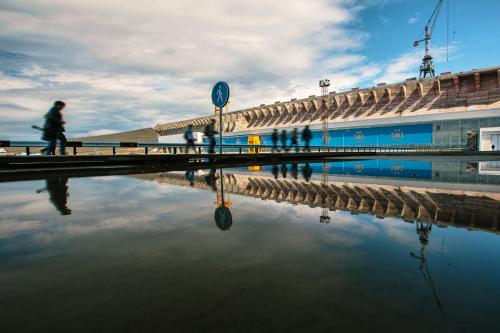
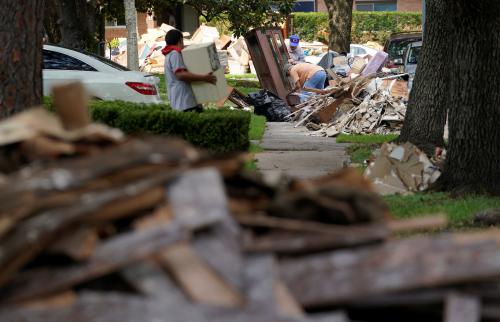
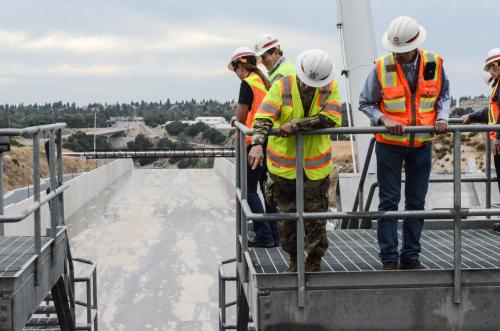

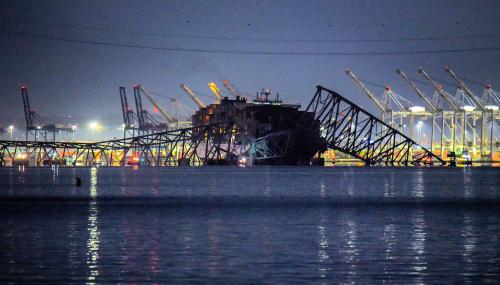

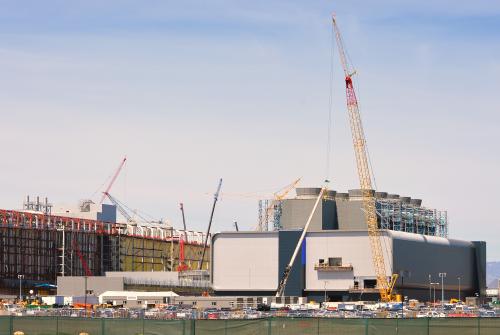
Commentary
The US needs a new approach to invest in resilient infrastructure and communities
December 20, 2018